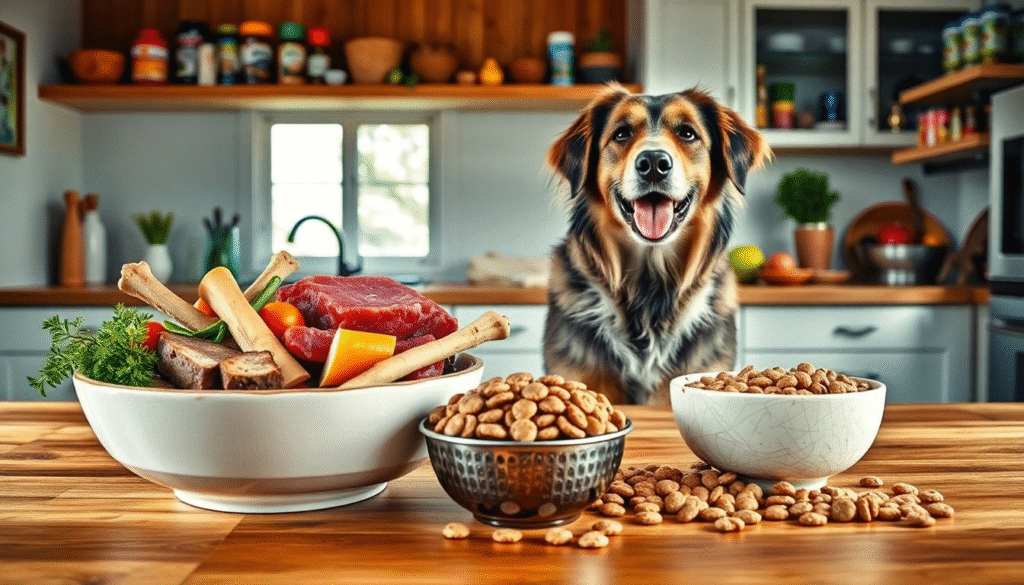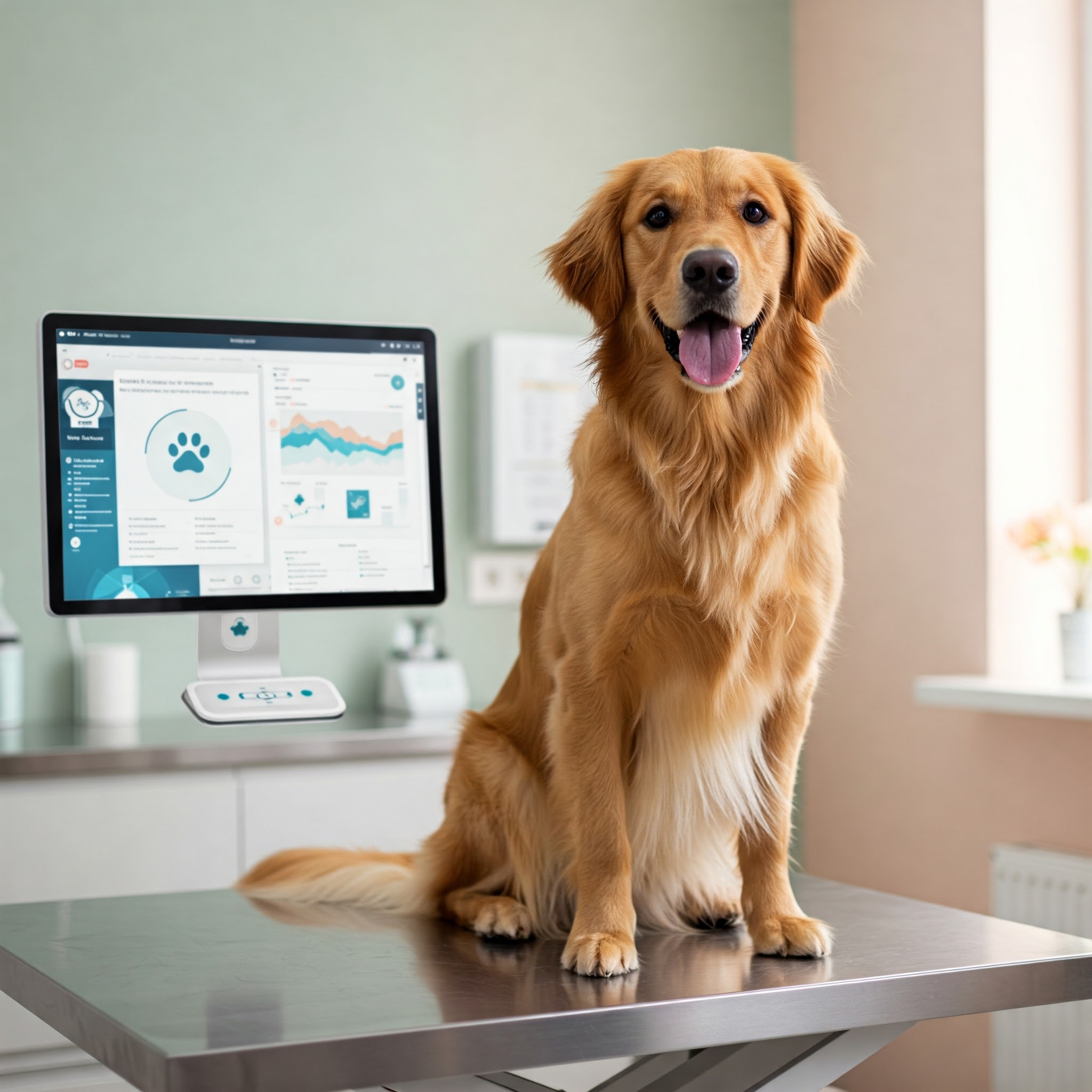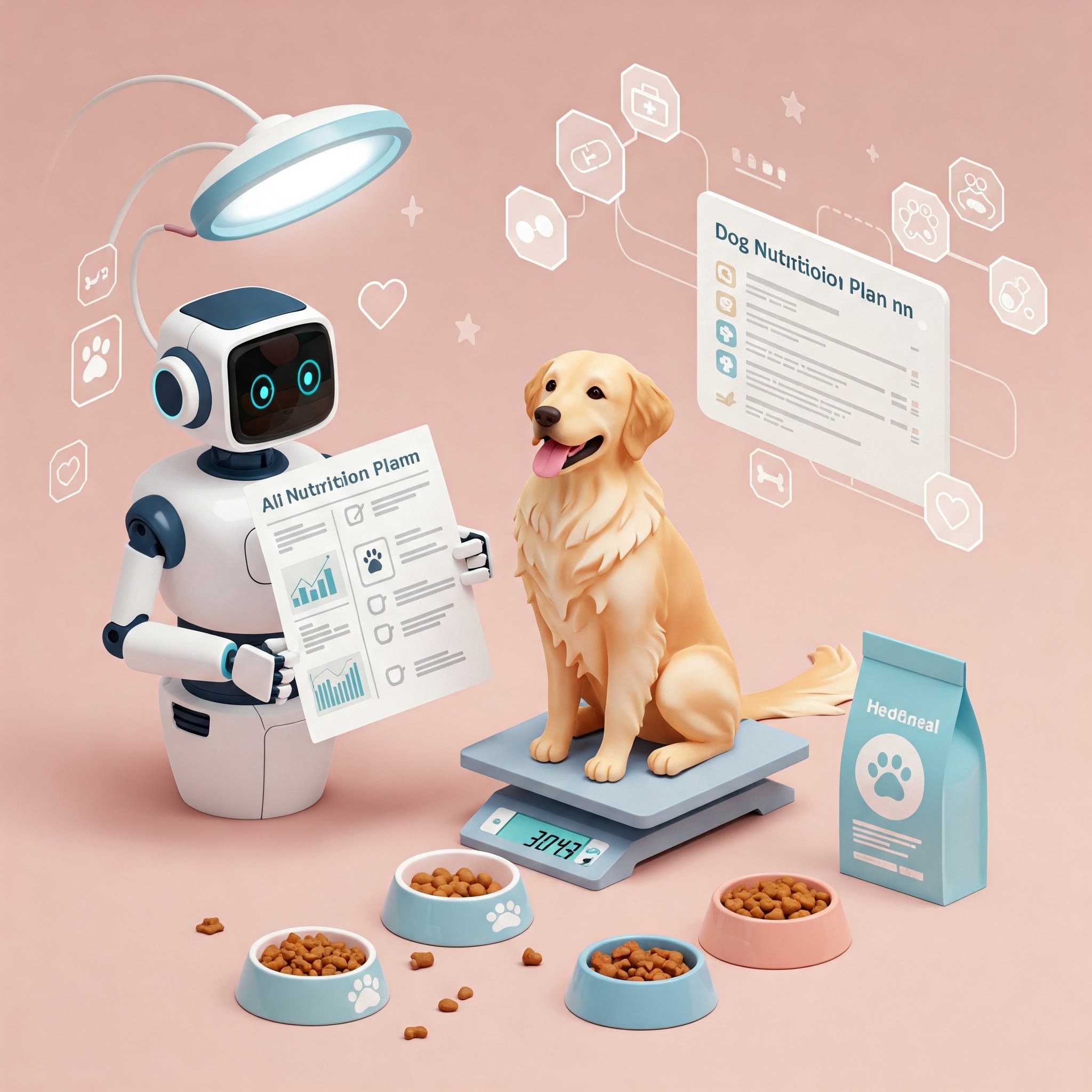
Feeding your dog the right diet is one of the most important decisions you’ll make as a pet parent. A healthy diet supports your dog’s energy, coat, digestion, and overall wellness. But when it comes to raw vs. kibble dog food, which is the better choice?
This guide breaks down the pros and cons of both diets—including nutrition, safety, cost, and convenience—to help you make an informed decision for your furry friend.
Dog Nutrition Basics: What Every Dog Needs
A well-balanced dog diet includes:
- Proteins – For muscle strength and tissue repair
- Fats – For energy and healthy skin
- Carbohydrates – For quick fuel and fiber
- Vitamins and minerals – For immunity, bones, and overall health
No matter which feeding method you choose, your dog needs these essential nutrients daily.
How Dogs Digest Raw vs. Kibble
Raw food is minimally processed and easier to digest for some dogs. It mimics the natural diet of wild canines and may enhance gut health.
Kibble, however, is cooked and processed. While convenient, its digestibility can be lower due to processing. Still, many dogs do well on high-quality kibble diets.
What Is Raw Dog Food?
Ingredients in a Raw Diet
Raw diets typically include:
- Uncooked meats (chicken, beef, lamb, etc.)
- Bones and organ meats
- Raw eggs
- Fruits and vegetables
Popular raw feeding styles include BARF (Biologically Appropriate Raw Food) and prey model diets.
Benefits of Raw Feeding
- Shinier coat and cleaner teeth
- Higher energy and fewer allergy symptoms
- Improved digestion for sensitive dogs
Many dog owners report visible improvements in their pets after switching to raw.
Risks of a Raw Diet
- Bacteria like Salmonella and E. coli
- Nutritional imbalances if not planned carefully
- Handling and storage issues—requires refrigeration and hygiene
Consult your vet before starting a raw diet to ensure it’s complete and safe.
What Is Kibble?
What Goes Into Kibble?
Kibble is dry dog food made by cooking ingredients under high heat and pressure. Common ingredients include:
- Grains or grain-free carbs
- Meat meals or by-products
- Preservatives, supplements, and fillers
Varieties include limited ingredient, breed-specific, and vet-recommended formulas.
Benefits of Kibble
- Super convenient and shelf-stable
- Balanced formulas created by nutrition experts
- Easy to store, serve, and measure
- Ideal for busy households or travel
Drawbacks of Kibble
- May contain fillers or artificial ingredients
- Lower moisture content—dogs must drink extra water
- Some formulas may trigger food sensitivities
Always choose a high-quality kibble to avoid low-nutrition options.
Raw vs. Kibble Dog Food: A Side-by-Side Comparison
Nutritional Value
- Raw: Retains more natural nutrients; higher digestibility
- Kibble: Nutrients are stable but may be less bioavailable due to heat processing
Health Impact
- Raw: May boost coat health, digestion, and reduce allergies
- Kibble: Safer handling, but risk of overfeeding or additives
Cost
- Raw: Generally more expensive and time-intensive
- Kibble: Budget-friendly, but premium brands can cost more
Convenience
- Raw: Requires prep, refrigeration, and hygiene
- Kibble: Ready-to-serve, ideal for everyday use
Safety
- Raw: Higher contamination risk without proper handling
- Kibble: Low risk if stored properly
How to Choose What’s Best for Your Dog
Key Factors to Consider
- Your dog’s age, breed, and health status
- Your budget and schedule
- Access to fresh, high-quality ingredients or brands
- Personal comfort with handling raw food
There’s no one-size-fits-all. The best diet depends on your dog’s individual needs and lifestyle.
Talk to Your Vet First
Always consult your veterinarian or a certified canine nutritionist before switching diets. They can help customize a plan that supports your dog’s long-term health.
How to Transition Diets Safely
- Gradually mix the new food with the old over 7–10 days
- Monitor your dog’s stool, energy, and coat condition
- Adjust portions and ingredients if issues arise
Sudden changes can cause digestive upset, so go slow and steady.
Final Thoughts: Raw or Kibble—Which One Wins?
There’s no universal winner in the raw vs. kibble dog food debate. Each option has pros and cons:
- Choose raw if you want a natural diet and are prepared to handle it safely.
- Stick with kibble for convenience, affordability, and easy portion control.
Whichever you choose, quality is key. Look for balanced, vet-approved formulas and monitor your dog’s health closely. A happy, healthy dog starts with the right food.
Want More Dog Nutrition Tips?
Follow us for more pet health insights, recipes, and exclusive content for dog lovers!
Also Read:
- Planning a Hike🥾? Don’t Forget Your Dog’s Backpack!
- Treat Time Upgrade: Bake These Yummy & Healthy Dog Treats Today!
- How to Keep Your Dog Fit Indoors—Even in a Tiny Apartment!
- Make Your Dog an Instagram Star with These Photo Tips 𓃦 📸
- 7 Heartwarming Ways Dogs Say “I Love You” ❤️
AI Tools You May Love (100% Free. No Login Required)

Check symptoms and understand your dog’s health better


